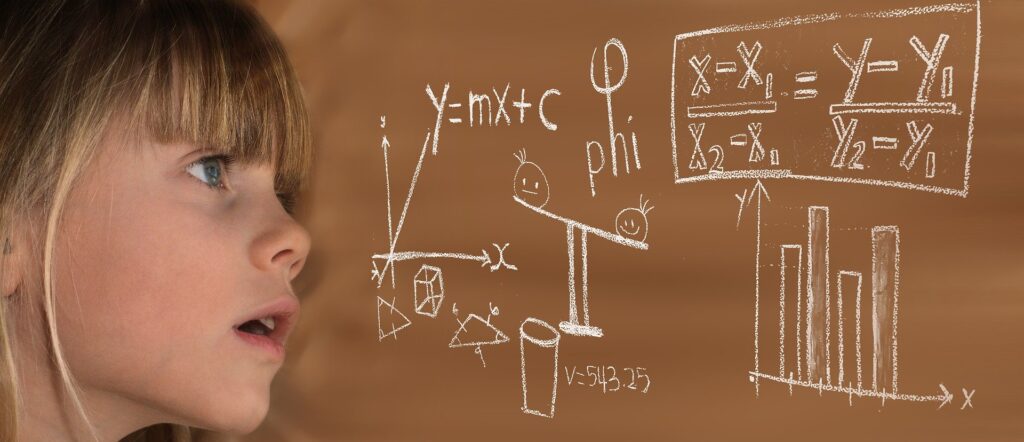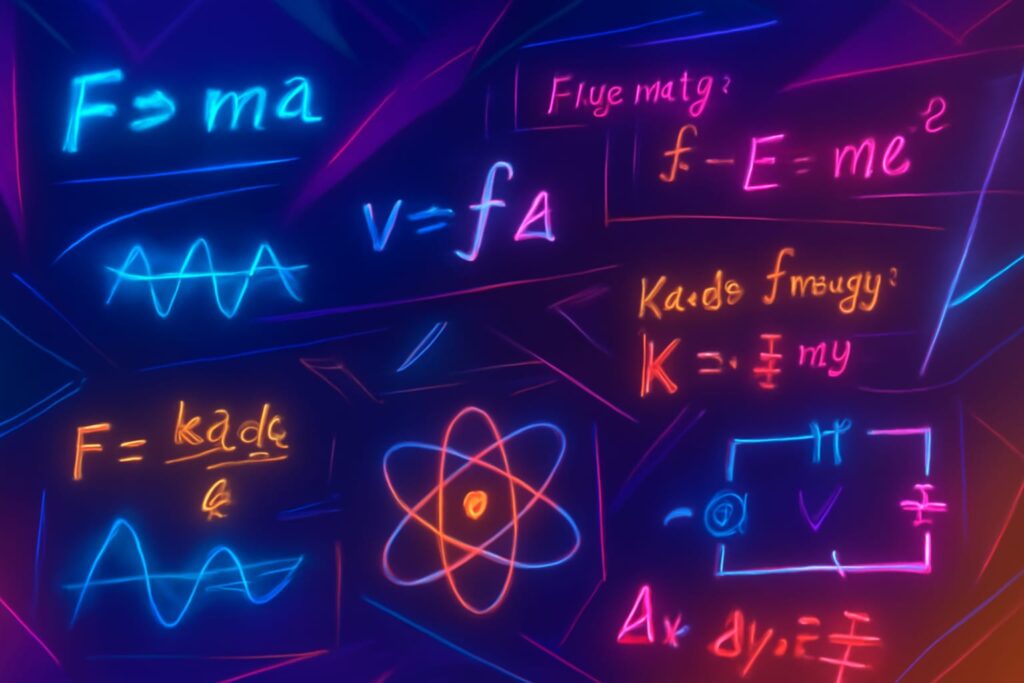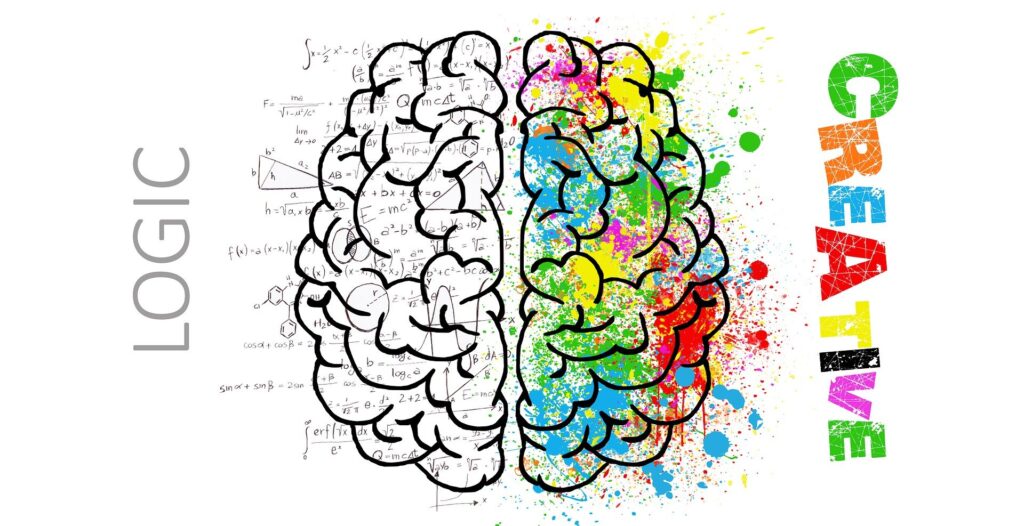
Why should students learn Vedic Maths?
This is one of the basic questions which comes into mind when it comes to knowing or learning vedic maths, which I will cover in this post.
But before let me put into context in simple words and to start with – What is Vedic Maths?
Vedic Maths is an ancient method of solving mathematical problems. It is the fastest way of calculating difficult arithmetic problems. It also increases decision-making power, as by practicing it one can boost memory and the power of the brain.
Let me tell you vedic maths is one of the simple and easy ways of solving mathematical problems. Even the students who fear or dislike mathematics would start loving it once they adopt vedic approach to solve the mathematical problems.
Vedic Maths was first introduced by an Indian monk “Bharti Krishna Tirtha” and was published in 1965. The word Vedic originally refers to ‘Vedas’ of Indian culture. Vedic Maths formulas are extracted from vedas and to be specific from ‘Atharva Veda’.

Vedic Maths is comprised of a total of 29 formulas or in alternatively called ‘Sutras’ in Sanskrit; categorized as 16 Sutras and 13 sub-Sutras. These total 29 Sutras cover almost every stream of mathematics like arithmetic (addition, subtraction, multiplication & division), algebra, geometry, trigonometry, calculus, cube roots, square roots, etc.
When it comes to modern methods of solving mathematical problems, we have some critical formulas which are at times difficult to memorize, and steps to solve the problem are lengthy; hence time-consuming.
On the other hand, solving the same mathematical problems using Vedic Maths Sutras, can be 10 to 15 times faster and without using any calculator.
Here is the list of all sutras and sub-sutras along with their meaning which will give you more sense.
16 sutras of vedic maths
| Sutra No. | Sutra name | Sutra meaning & usage |
|---|---|---|
| 1 | Ekadhikena Purvena | By one more than the previous one (used for Squaring of a number ending with 5). |
| 2 | Nikhilam Navatashcaramam Dashatah | All from 9 and the last from 10 (Multiplication of numbers, with a base near to 10, 100, 1000). |
| 3 | Urdhva-Tiryagbyham | Vertically and crosswise (Formula applicable to all cases of multiplication of two large numbers). |
| 4 | Paraavartya Yojayet | Transpose and adjust (Used when divisor greater than 10). |
| 5 | Shunyam Saamyasamuccaye | When the sum is the same that sum is zero. |
| 6 | Anurupyena- Sunyamanyat | If one is in ratio, the other is zero (Used to find a product of two numbers when both are near the common base and multiples of powers of 10). |
| 7 | Sankalana-Vyavakalanabhyam | By addition and by subtraction (Used to solve simultaneous simple equations which have the co-efficient of the variables interchanged). |
| 8 | Puranapuranabyham | By the completion or Non-completion (Used to solve algebraic problems). |
| 9 | Chalana-Kalanabyham | Differences and Similarities. |
| 10 | Yaavadunam | Whatever the extent of its deficiency (Used to obtain sq. of a number close to bases of powers of 10). |
| 11 | Vyashtisamanstih | Part and Whole (Used for factorization of the quadratic equation of types). |
| 12 | Shesanyankena Charamena | The remainders by the last digit (Used to express a fraction as a decimal to all its decimal places). |
| 13 | Sopaantyadvayamantyam | The ultimate and twice the penultimate. |
| 14 | Ekanyunena Purvena | By one less than the previous one (Used for multiplication by 9, 99, 999..) |
| 15 | Gunitasamuchyah | The product of the sum is equal to the sum of the product (Used to cross-check the answers of multiplications, divisions and factorization). |
| 16 | Gunakasamuchyah | The factors of the sum are equal to the sum of the factors (Used in factorization problems like LCM, HCF). |
13 sub-sutras or corollary of vedic maths
| Subsutra No. | Subsutra name | Meaning |
|---|---|---|
| 1 | Anurupyena | Proportionately |
| 2 | Sisyate Sesasamjnah | Remainder remains constant |
| 3 | Adyamdyenantya-mantye-na | First by first and last by last |
| 4 | Kevalaih Saptakam Gunyat | For 7 the Multiplicand is 143 |
| 5 | Vestanam | By Osculation |
| 6 | Yavadunam Tavadunam | Lessen by the Deficiency |
| 7 | Yavadunam Tavadunam Varganca Yojayet | Whatever the Deficiency lessen by that amount and set up the Square of the Deficiency |
| 8 | Antyayordasake | Last Totalling 10 |
| 9 | Antyayoreva | Only the Last Terms |
| 10 | Samuccayagunitah | The sum of the coefficients in the product |
| 11 | Lopanasthapanabhyam | By Alternate Elimination and Retention |
| 12 | Vilokanam | By Mere Observation |
| 13 | Gunitasmuccayah Samuccayagunitah | The Product of the Sum is the Sum of the Products |
Why I should learn Vedic Maths?
The first question for any parent and student is – Why I should learn vedic maths or how can vedic math help one prepare for competitive examinations? or Is vedic maths useful for JEE or CATS exams? or for that matter benefits of vedic maths.
Vedic maths or often referred to as vedic mathematics is not only a list of formulas to solve and find out the answers to difficult mathematical problems but also describes the way how a human brain or mind naturally works and thus helps to increase the brainpower to perform our day to day life activities more effectively and proficiently, plus enhances decision-making ability; which ultimately improves the overall academic journey of a student by laying a right foundation.
Vedic maths uses both left and right parts of the brain which builds up strong coordination between both sides of the brain. This not only increases the speed of calculation but also helps in the overall development of an individual.
Nowadays with considering the cutthroat competition, learning vedic maths is a must and should be an integral part of the learning curve. It will be easier to command vedic maths when it is learned in the early stage of education.

Growing Popularity of Vedic Maths
With current awareness among parents and students, vedic maths has gained much popularity and more and more people are trying to understand and utilize the benefit of vedic maths. This is mainly due to fact that it allows students to perform addition, subtraction, multiplication, division, square root, cube root, trigonometry, algebra, geometry, calculus, etc quickly & accurately.
Let us now deep dive into the benefits of vedic maths.
Now let us go through the benefits of vedic maths and understand how it can be useful to overcome the fear of maths in students and kids.
- Improved speed – Calculations become 10 to 15 times faster than modern approach of calculations and gives upper edge.
- Improved decision making – There are many short tricks in vedic maths that enhances decision making and intelligent approach to a complex problem.
- Increased concentration – Since vedic maths uses both left & right brain and makes a good coordination between the two, it develops brain more efficiently and hence increase concentration power.
- High accuracy – Reduces number of silly mistakes which are often done by the students.
- Self answer checking – Vedic maths also give methods to check answers by one-self.
- Increased determination and confidence – Along with the brain development, short and easy methods of solving problems; vedic maths also increases the determination of students to learn and develop their innate skills. This in-turn improves their confidence level.
- Reduce burden of memorizing hard concepts – Modern methods are based on lengthy steps and hard concepts of solving problem. By adopting vedic maths, the burden of memorizing those hard concepts is reduced. Even there is no need to learn tables more than number 9, if you follow vedic maths.
As we have gone through the amazing benefits of learning vedic maths, you have now ample understanding of why vedic maths is gaining so much popularity.
Conclusion
Like there are two sides to every coin, there are few disadvantages of vedic maths as well.
- No general rule to a specific problem. One single problem can be solved in different ways by using different formulas. So it might be sometimes confusing to select among the applicable sutras (formulas).
- Sometimes it is difficult to remember all 29 sutras, which needs more mental exercise to remember them.
“Practice makes a man perfect”: In spite of the above disadvantages, with good practice and clarity on the sutras (formulas), above mentioned disadvantages can be easily overcome. Hence one should not stop himself to learn vedic maths.
It will be privileged for students to learn vedic maths which will help not only in school but in the competitive exams in their further life.
Hope this blog would have helped you to understand more on vedic maths and guide for making a better decision.
Keep reading our blog post to learn more about educational topics and continue with your learning journey.
Do share your ideas in the comment box for more informative and educational blogs.

1 thought on “Vedic Maths”